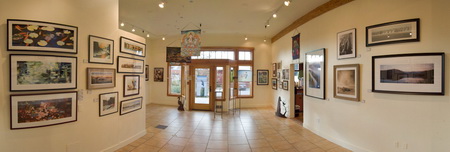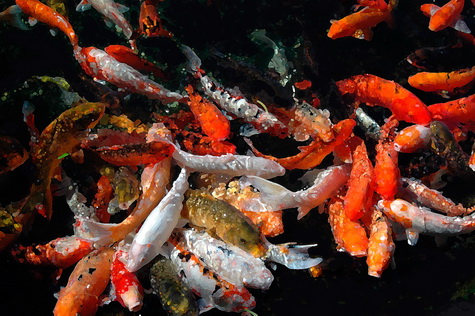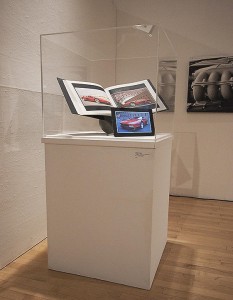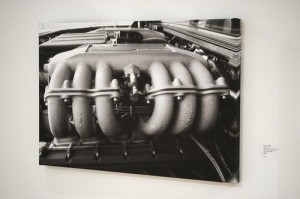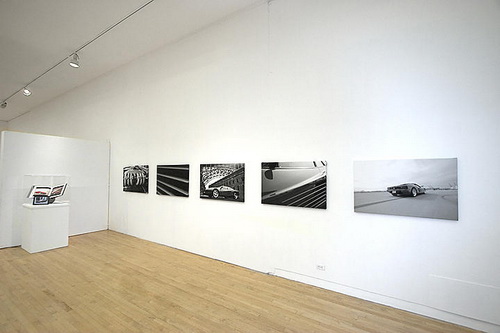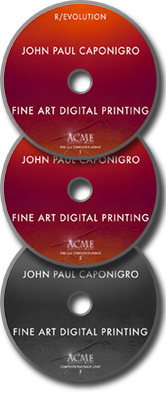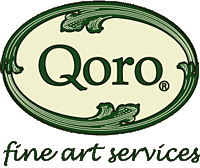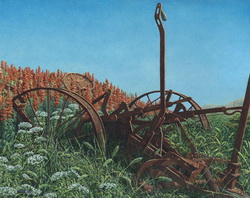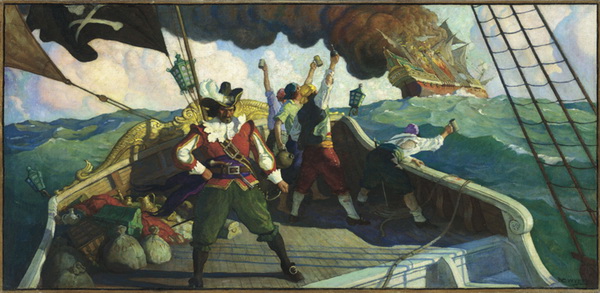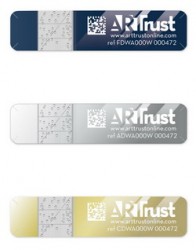 Whether you print fine-art photographs and art reproductions for yourself or as a service to other photographers or artists, you might want to check out ARTtrust Online. It’s a high-tech, print-authentication system designed to protect the value of photographic and art prints by assuring buyers that each print in an edition is unique and authentic and isn’t an unauthorized copy.
Whether you print fine-art photographs and art reproductions for yourself or as a service to other photographers or artists, you might want to check out ARTtrust Online. It’s a high-tech, print-authentication system designed to protect the value of photographic and art prints by assuring buyers that each print in an edition is unique and authentic and isn’t an unauthorized copy.
ARTtrust registration reduces risks for buyers of high-value art prints and better protects the rights of photographers and artists. Auction houses, galleries, museums, and collectors can use ARTtrust to trace the ownership of each print over time.
ARTtrust fills a real need in the market for fine-art photography and art prints because the same digital imaging and printing technology that makes it possible to create consistently color-accurate, long-lasting reproductions of fine art and photographs can just as easily be used to make counterfeit prints.

